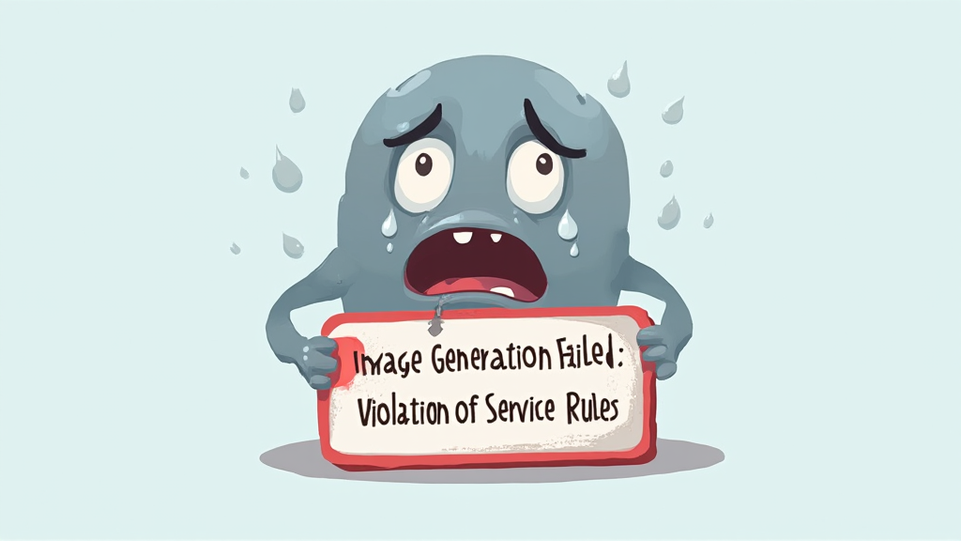Introduction to Inflation and Its Impact on Savings
Understanding Inflation: Causes and Effects
Inflation is the rate at which the general level of prices for goods and services rises, eroding purchasing power. This phenomenon can significantly impact savings, as the real value of money diminishes over time. Understanding this dynamic is crucial for effective financial planning. Inflation can lead to higher costs of living, making it essential to seek investment strategies that outpace inflation. Protect your wealth wisely.
The Historical Context of Inflation and Savings
Historically, inflation has fluctuated due to various economic factors, including monetary policy and supply chain disruptions. These fluctuations have directly influenced savings behavior. For instance, during periods of high inflation, individuals often seek to invest rather than hold cash. This shift is crucial for maintaining purchasing power. Protect your assets wisely. Additionally, historical data shows that inflation can erode the value of fixed-income investments. Understanding these trends is essential for
The Role of Cryptocurrency in Inflationary Times
How Cryptocurrencies Can Hedge Against Inflation
Cryptocurrencies offer a unique hedge against inflation due to their decentralized nature and limited supply. This scarcity can help preserve value when traditional currencies depreciate. Many investors turn to digital assets during inflationary periods. They seek protection from currency devaluation. Additionally, cryptocurrencies can provide diversification in an investment portfolio. Diversification is key. As inflation rises, the demand for alternative assets often increases. This trend is noteworthy.
Comparing Cryptocurrencies to Traditional Assets
He often finds that cryptocurrencies exhibit higher volatility compared to traditional assets like stocks and bonds. This volatility can present both risks and opportunities. Additionally, cryptocurrencies are not subject to the same regulatory constraints as traditional investments. This flexibility is significant. Consequently, he may consider cryptocurrencies as a complementary asset class. Diversification is essential for risk management.
Diversifying Your Investment Portfolio
The Importance of Asset Diversification
Asset diversification is crucial for mitigating risk in an investment portfolio. By spreading investments across various asset classes, he can reduce the impact of market volatility. This strategy enhances the potential for stable returns. Stability is key. Furthermore, diversification allows for exposure to different sectors and geographies. This broadens investment opportunities significantly. A well-diversified portfolio is essential for long-term success.
Incorporating Cryptocurrencies into Your Portfolio
Incorporating cryptocurrencies into an investment portfolio can enhance diversification and potential returns. Their unique characteristics, such as low correlation with traditional assets, provide a hedge against market volatility. Many investors allocate z small percentage to digital assets. This approach balances risk and reward effectively. Additionally, cryptocurrencies can offer exposure to innovative technologies and emerging markets. Innovation drives growth. A strategic allocation can lead to long-term benefits.
Stablecoins: A Safe Haven in Volatile Markets
What Are Stablecoins and How Do They Work?
Stablecoins are digital currencies designed to maintain a stable value, typically pegged to fiat currencies like the US dollar. This stability makes them attractive during market volatility. He recognizes their utility in preserving capital. Common types of stablecoins include:
These mechanisms help mitigate price fluctuations. Stability is crucial for investors.
Using Stablecoins to Preserve Value
Using stablecoins allows investors to preserve value during market fluctuations. Their pegged nature provides a reliable alternative to volatile cryptocurrencies. He often considers stablecoins for liquidity management. Key benefits include:
These features make stablecoins a strategic choice. They help maintain purchasing power. Investors can safeguard their assets effectively.
Investing in Precious Metals as a Complement
The Historical Value of Gold and Silver
Gold and silver have historically served as stores of value and mediums of exchange. Their intrinsic properties make them desirable during economic uncertainty. He often views precious metals as a hedge against inflation. Key advantages include:
These factors enhance their appeal in a diversified portfolio. Precious metals can mitigate risks effectively. They are a wise investment choice.
How to Integrate Precious Metals with Crypto Investments
He believes integrating precious metals with cryptocurrency investments can enhance portfolio stability. This combination allows for diversification across asset classes. Precious metals provide a hedge against market volatility. They are reliable stores of value. Additionally, he suggests allocating a portion of investments to both assets. This strategy balances risk and potential returns. A diversified approach is essential for long-term success.
Building an Emergency Fund with Crypto
Why an Emergency Fund is Essential
He understands that an emergency fund is crucial for financial security. It provides a safety net during unexpected events. By building this fund with cryptocurrencies, he can potentially achieve higher returns. This approach offers liquidity and flexibility. Additionally, he emphasizes the importance of maintaining a stable value. A well-structured emergency fund is vital for peace of mind.
Strategies for Creating a Crypto-Based Emergency Fund
He recommends allocating a portion of cryptocurrency holdings to create an emergency fund. This strategy allows for potential growth while maintaining liquidity. Additionally, he suggests using stablecoins to minimize volatility. This approach helps preserve value during market fluctuations. Regular contributions to this fund can enhance financial security. Consistency is key for success. A well-planned strategy is essential for peace of mind.
Conclusion: Taking Action Against Inflation
Summarizing Key Strategies for Protection
To protect against inflation, he emphasizes the importance of diversification. Allocating assets across cryptocurrencies, precious metals, and stablecoins can mitigate risks. This strategy enhances overall portfolio resilience. Additionally, maintaining an emergency fund is crucial for financial stability. A proactive approach is essential for safeguarding wealth. Consistent monitoring of investments is necessary. Awareness leads to informed decisions.
Encouraging Proactive Financial Management
He advocates for proactive financial management to combat inflation effectively. This involves regularly reviewing and adjusting investment strategies. Key actions include:
These steps enhance financial resilience. Awareness is crucial for informed decisions. He believes that consistent engagement leads to better outcomes. Taking action is essential for financial security.
